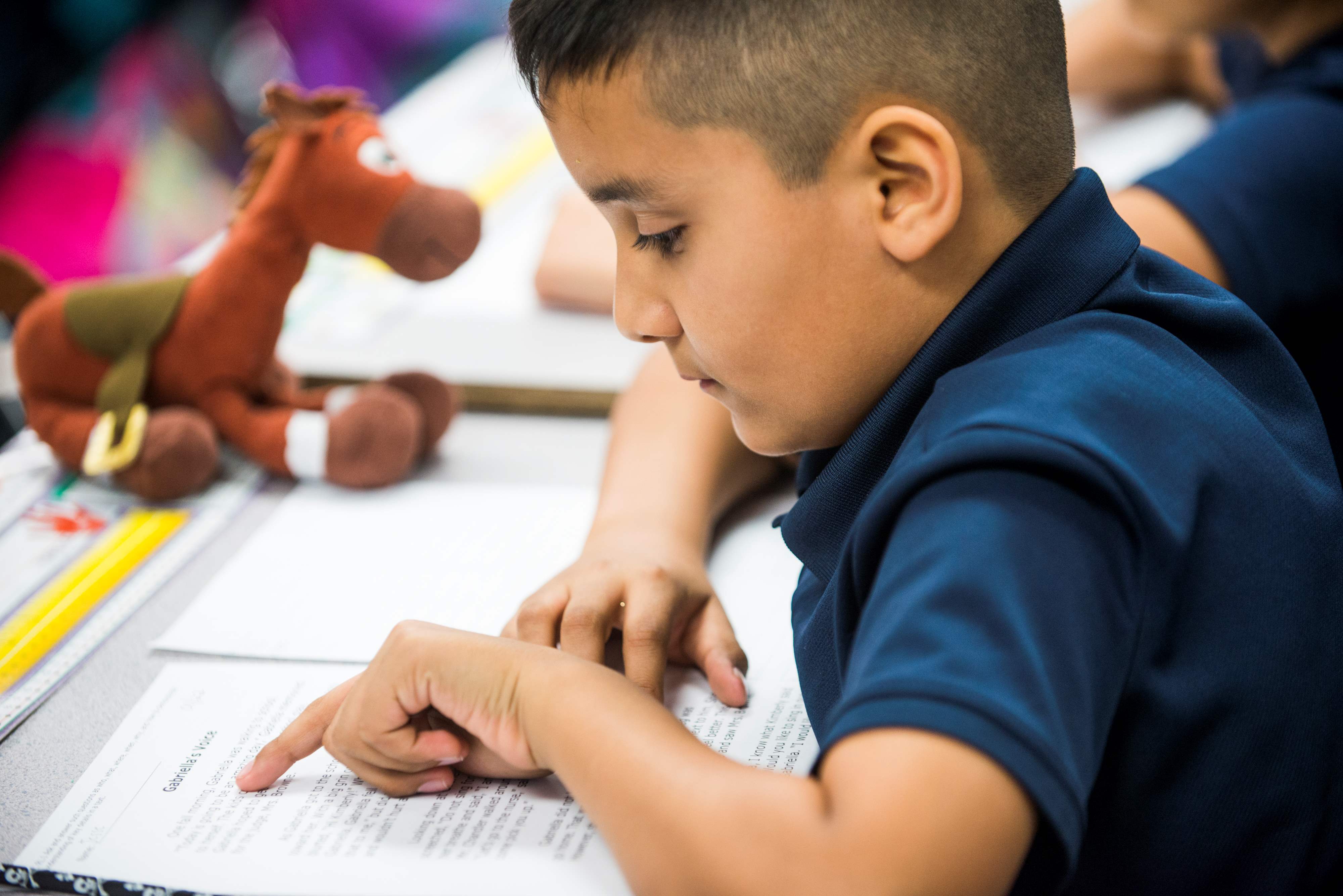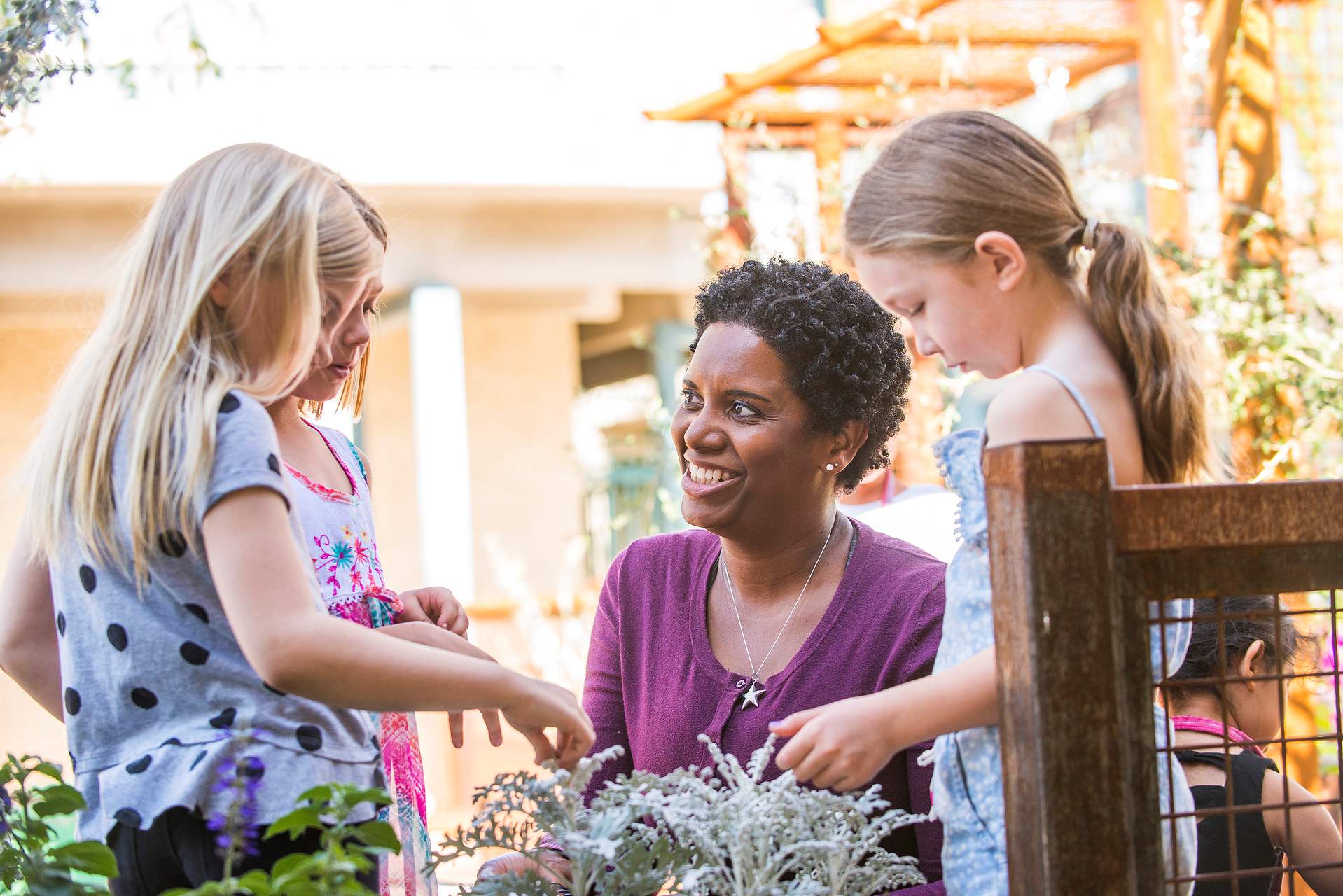InClass
By teaching students how to attack text, teachers can equip learners with something much more valuable than simply being able to “read.”
Dec 30, 2019
Reading is more than simply identifying words on a page in a particular order. Reading is an activity. Actively engaging with text is a skill, and, often, it’s a skill that’s taken for granted by those who have mastered it. For young learners, it can be difficult to pull the information from the page versus simply scanning the lines. But with the right framework in place, you can help students become active, engaged readers.
Develop a Framework
Reading is an active process that begins before readers dive into a text and continues long after. While there are many ways to engage with text, the following suggestions are applicable to any grade, skill level, or content, and provide a framework for students to attack text.
- Predict: Requiring students to predict what a text might be about based on the title, author, format, font, etc., is a great way to prime their brains before they even begin reading. Predicting doesn’t stop there, though. Create checkpoints throughout the text for students to predict based on what they’ve read so far. Finally, have students revisit their predictions to confirm or deny what they predicted.
- Question: Teach students to ask specific questions based on what they know about the text that can be answered by reading the remainder of the text or by conducting further research. Create additional checkpoints in the text that require students to ask these questions. As with their predictions, students should revisit their questions to answer them based on the text or supplemental materials, like the internet.
- Connect: Connecting with text increases engagement. Students may connect the text to another text, something in the outside world, or something in their own lives. By default, we are each the center of our own respective universe, so connections to students’ lives tend to be the most powerful.
- Summarize: Just because students have read the last word doesn’t mean they’re done with the activity of reading. After revisiting their questions and predictions, ask students to create a summary. Summarizing requires students to extract the most important details from a larger piece of text — something most adults do in the workplace several times a day.
- Share: Even with the summary complete, students aren’t done actively reading. Facilitate the sharing of students’ predictions, questions, and connections to expand their understanding of the text. Each student will process text differently. Hearing their peers’ thoughts can spark ideas and conversations that will enrich learning.






